Ten Years Of Chasing My Apple Watch Activity Rings Has Genuinely Made Me Healthier
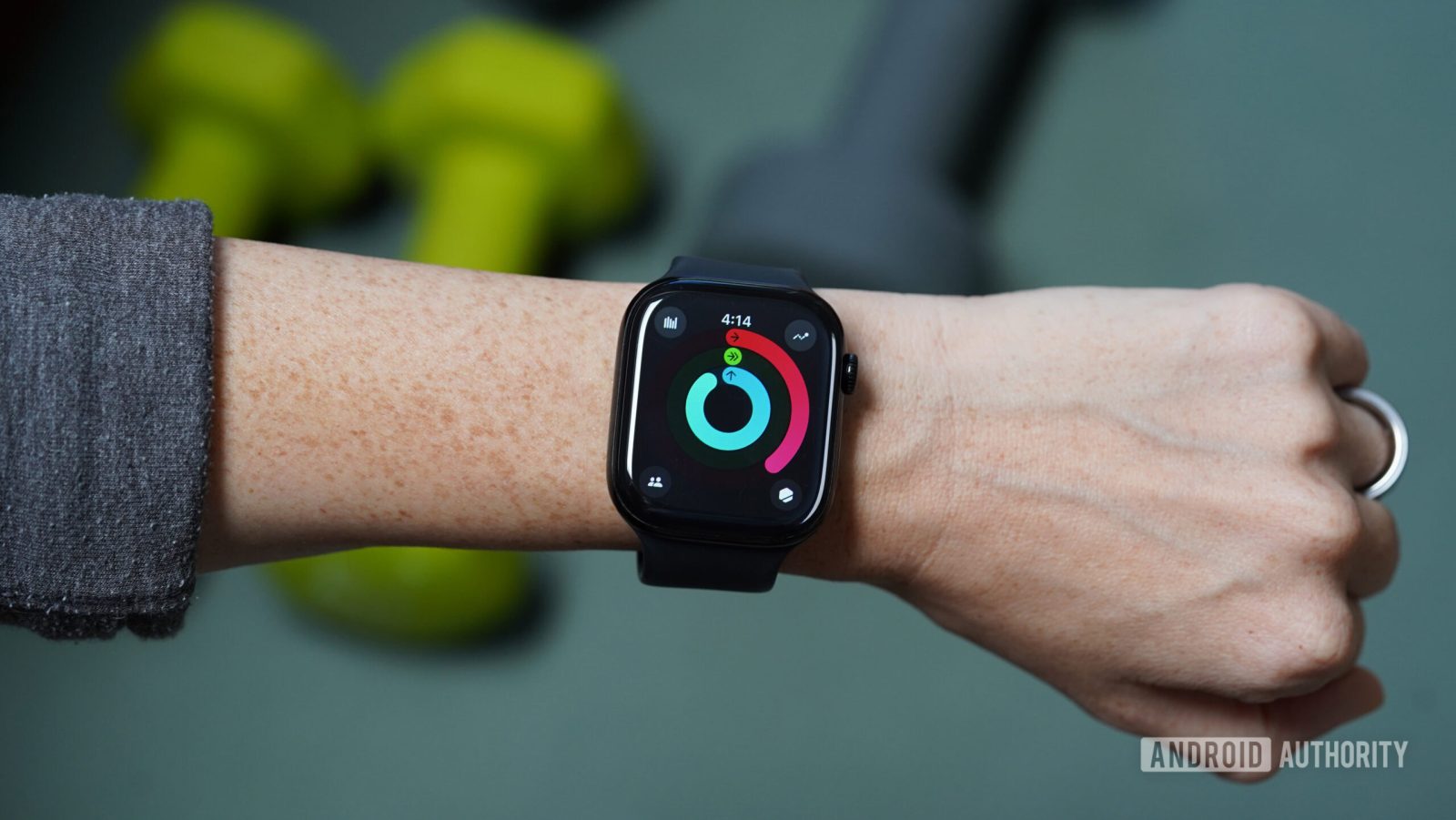
Contents

Kaitlyn Cimino / Android Authority
The tenth anniversary of the Apple Watch is upon us, and with it, the tenth anniversary of the company’s famous fitness tracking rings. In those ten years, my activity levels have run the full spectrum, from training as a serious athlete to bed rest after multiple surgeries. Through it all, Apple’s colorful rings have been a constant companion. My feelings about them have been mixed, but overall, it’s hard not to feel nostalgic after a decade-long relationship.
Do you always aim to close your Apple activity rings?
174 votes
Ringing in a decade of influence
To recap: Apple’s activity rings are three colorful circles that turn your daily movement into a low-stakes game of self-worth. The pink Move ring tracks active calories burned, the green Exercise ring counts minutes of effort (think brisk walking or more), and the blue Stand ring just wants you to get off your butt once an hour. When users hit their daily goals, the rings close with a celebratory sparkle. Like many Apple Watch users, I’ve been closing rings for years, building and breaking streaks like my abs depended on it.
Apple is celebrating ten years in the smartwatch game with Global Close Your Rings Day.
To mark their tenth anniversary, Apple has rolled out a special one-day challenge appropriately dubbed Global Close Your Rings Day. On April 24, participants who close all three activity rings — Move, Exercise, and Stand — will unlock a limited-edition badge in the Fitness app and ten unique animated stickers that can be used in Messages (to brag about the achievement). For those who prefer a more tangible reward, a physical commemorative pin will also be available in Apple Stores. Overall, the one-day challenge is a fun, celebratory nod to a feature that’s become iconic in the world of fitness tech.
Apple’s impact

Kaitlyn Cimino / Android Authority
Apple didn’t invent fitness tracking or even activity rings, but it goes without saying that the company absolutely popularized the concept. With the introduction of Activity Rings in 2015, Apple provided a visually motivating way for users to keep tabs on their daily activity and set a standard that many other devices have since adopted. In short, Apple took gamifying daily movement mainstream.
One of the reasons the Apple Watch’s rings have endured is their simplicity. Three goals, colors, and loops to obsessively close. That clarity, combined with gentle nudges and daily reminders, makes it surprisingly effective. Meanwhile, streaks and badges make it unsurprisingly satisfying. The framework encourages and rewards consistency, a powerful foundation for healthy living. With crucial habits boiled down to such simple, attainable objectives, my Apple Watch has helped me create long-term lifestyle patterns that consistently impact my overall wellness.
Adjusting with the times

Kaitlyn Cimino / Android Authority
Notably, for a long time, the rigidity of Apple’s rings was obnoxious for many users, including me. If you didn’t hit Apple’s preset goals, you couldn’t close your rings, and you’d lose your streak as well as your self-esteem. Then Apple dropped watchOS 11 and introduced a more compassionate approach. Users could finally pause Move, Exercise, and Stand rings in the face of injury, sickness, sleep deprivation, or just a busy schedule. The update also allowed for adjusting daily goals (temporarily or permanently). In short, the tailored approach shifted Apple’s famous rings from an unforgiving system to a more flexible format.
Thanks to watchOS 11, Apple’s activity rings have become even more useful with customization support.
This change reignited my love of the entire concept. I was able to select more meaningful goals, adjust my rings as needed, and track my progress without unnecessary pressure. I can’t say I’m committed wholeheartedly to chasing rings every day, but I do pay attention to my patterns. I genuinely appreciate the base-level big picture insights the rings provide. I still dig into more specific fitness details for deeper training insights, but I appreciate Apple’s rings for an at-a-glance daily gut check.
Looking ahead
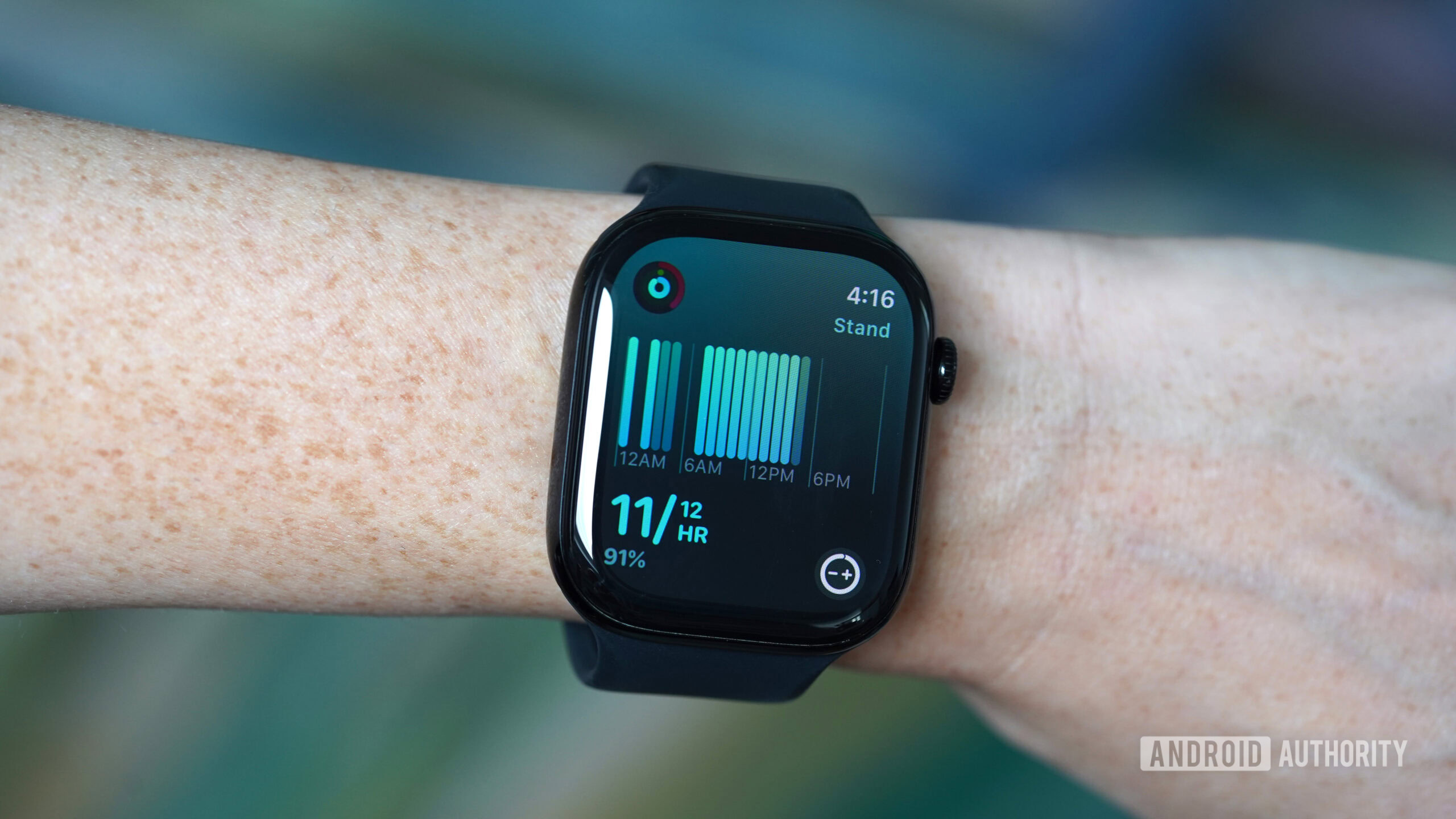
Kaitlyn Cimino / Android Authority
As Apple enters its second decade in the fitness space, I’m hopeful for where it’s headed. With AI advancing rapidly, the next evolution of the Apple Watch will likely bring even deeper personalization. Right now, I can tweak my goals manually, but what if the rings adapted automatically, based on my sleep, stress, or even mood? I would also love to swap the Stand ring for a Sleep ring, or create a custom goal that reflects my priorities (which is not, in fact, standing).
I am eager to see what the future holds for this pillar of the Apple smartwatch experience.
After ten years, the rings on my wrist still don’t capture the full picture of my health, but they’ve always kept me moving. Whether I’m on a streak or hitting snooze on my goals, they remind me that healthy habits don’t have to be complicated. I just need to close the rings. Or not. Life’s unpredictable, but at least I have goals.
What’s your reaction?
Love0
Sad0
Happy0
Sleepy0
Angry0
Dead0
Wink0
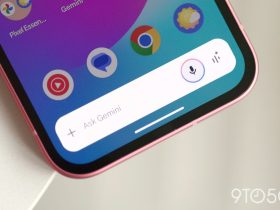
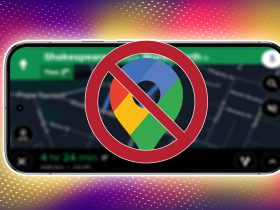

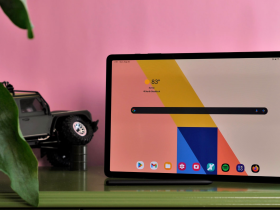






Leave a Reply
View Comments